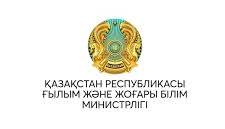Problems of defining the essence of corruption as a socio-legal phenomenon
DOI:
https://doi.org/10.31489/2025l2/87-96Keywords:
legal phenomenon, corruption, bribery, graft, definition of corruption, essence of corruption, anticorruption culture, unlawful act, combating corruption,, legal mechanismAbstract
The article is devoted to the study of the essence of corruption as a socio-legal phenomenon, revealing its multi-level and multifaceted nature. The aim of the study is to identify theoretical and practical difficulties in defining corruption as a complex socio-legal phenomenon, as well as to develop a comprehensive approach to its interpretation and counteraction, which is particularly relevant in the modern context. The research employed general scientific methods such as theoretical analysis, synthesis, and generalization, which made it possible to structure fragmented approaches and identify the essential features of corruption. National and international legislation were also analyzed, which helped to reveal legal gaps and explore possible ways to eliminate them. The results indicate that corruption is a complex, institutionalized phenomenon encompassing the household, administrative, and political levels of society. The study found the absence of a unified definition in legal science and legislation, which complicates effective law enforcement. Problems in regulatory frameworks were identified, and measures were proposed to improve legal formulations, including expanding the range of subjects and increasing attention to conflicts of interest. Recommendations were also made for the development of an anti-corruption culture as an important condition for effective corruption prevention, confirming its theoretical and practical significance and the need for further research in this area.




